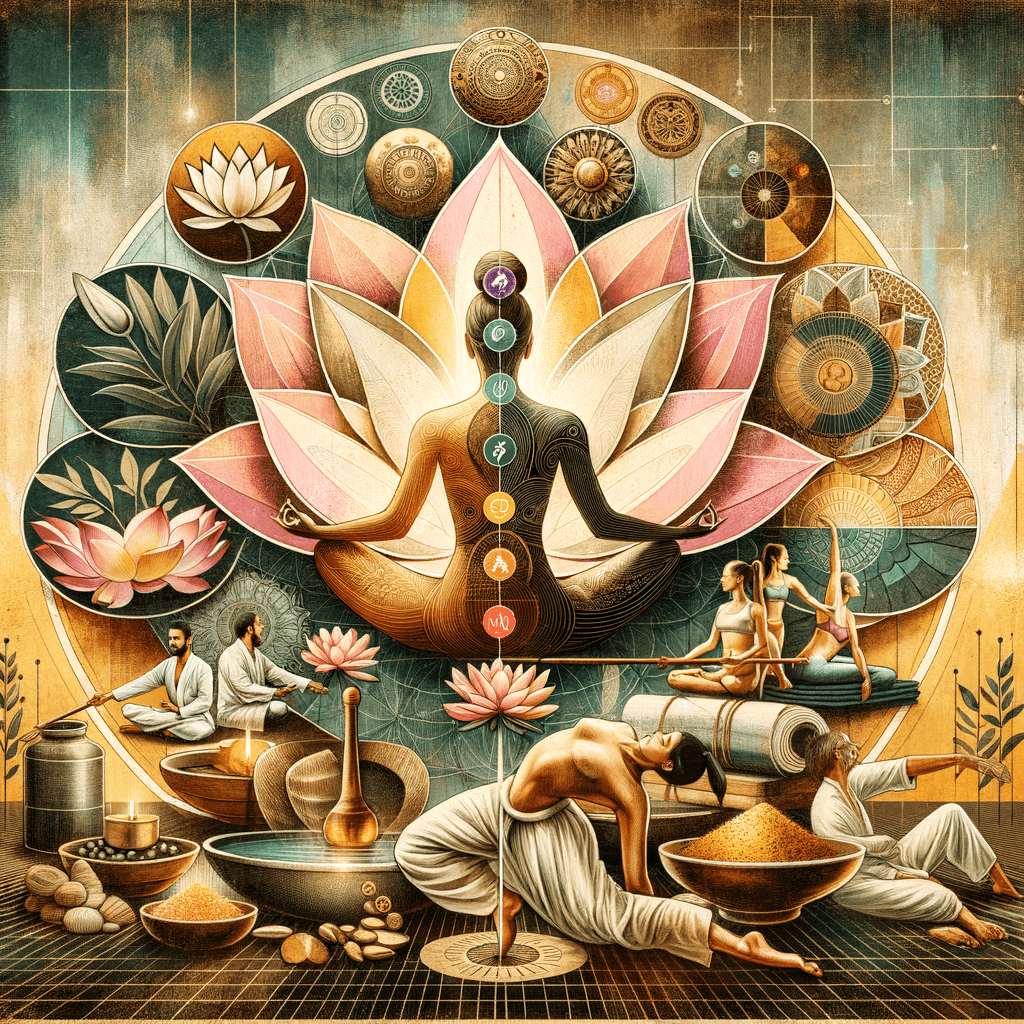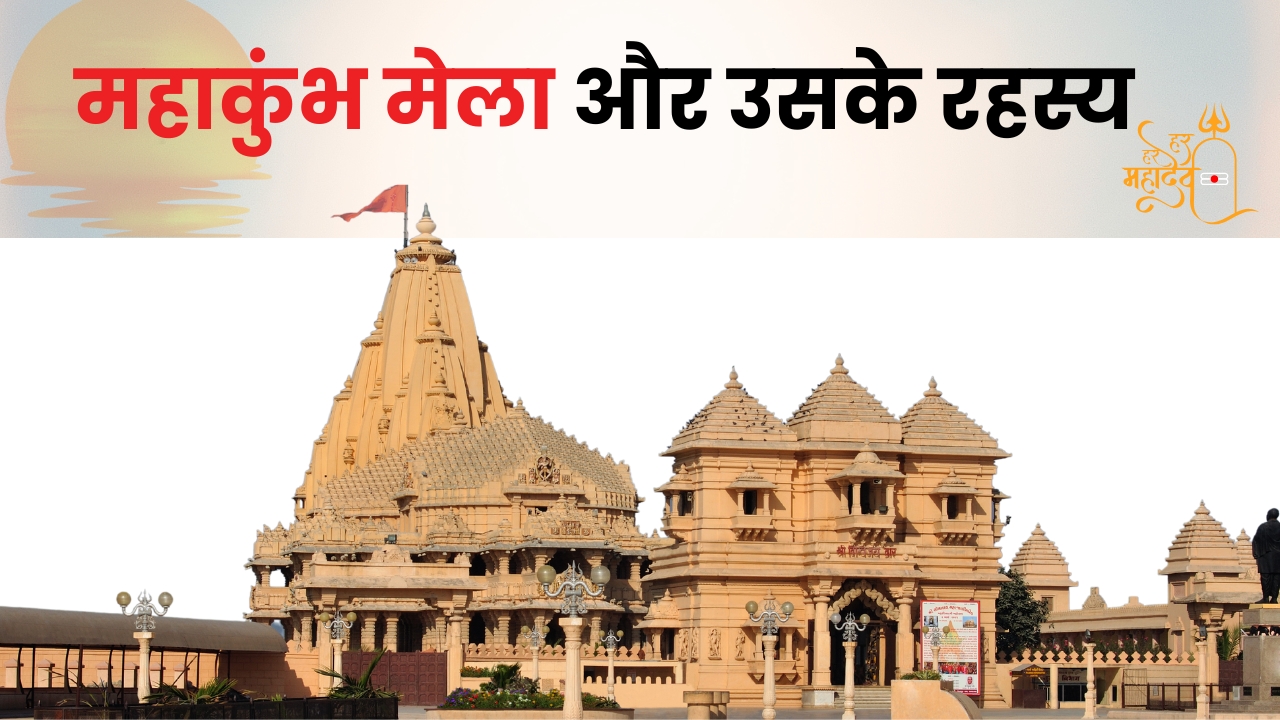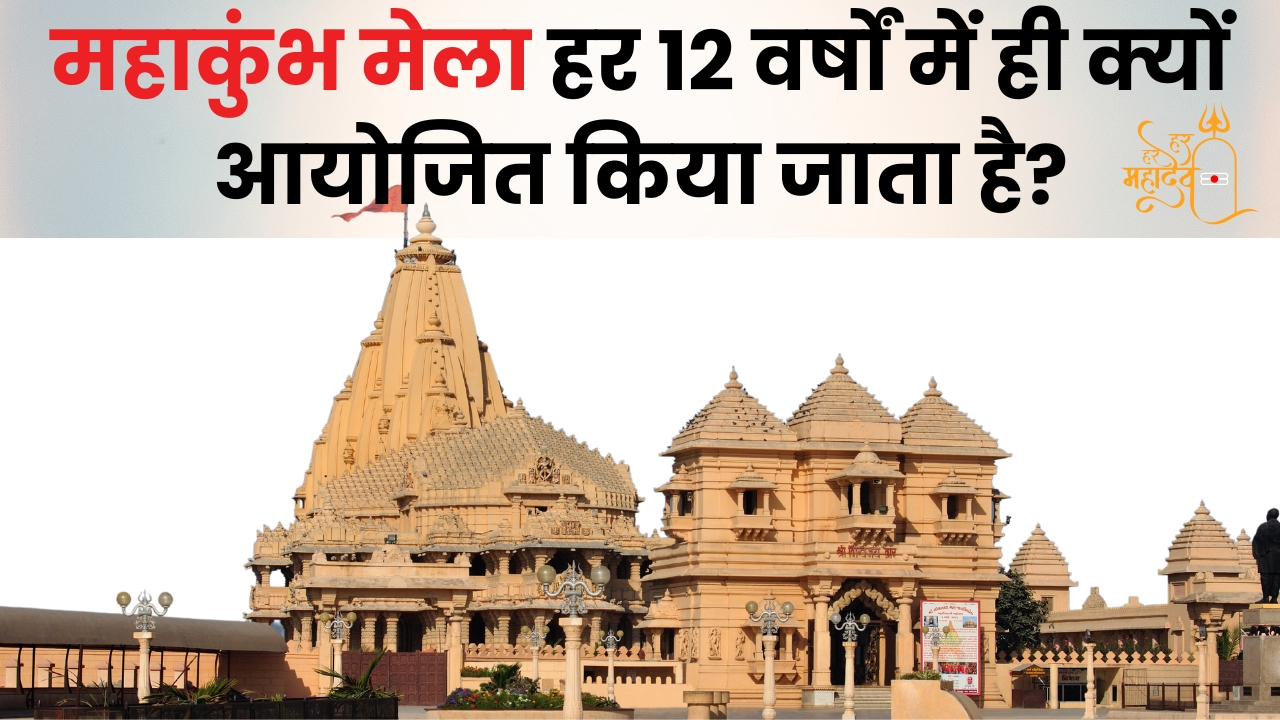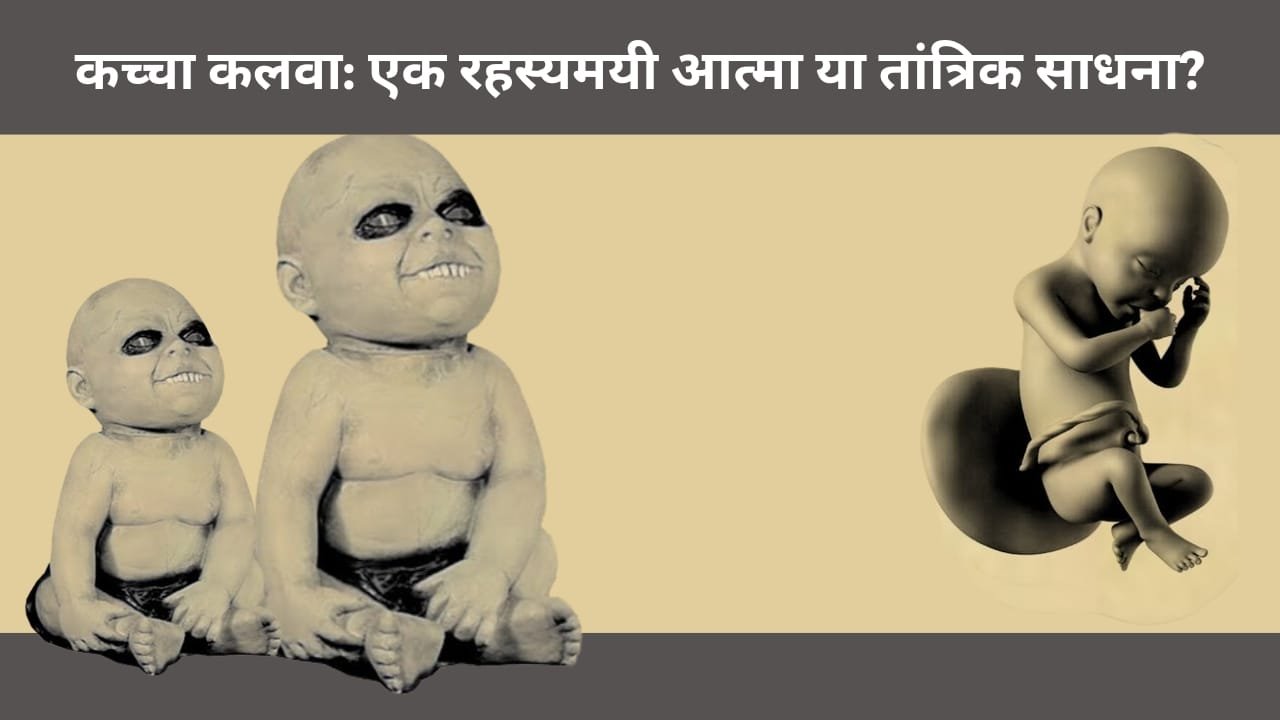In recent years, ancient healing traditions like Indian Ayurveda, Traditional Chinese Medicine (TCM), and indigenous healing practices have been making their way into the Western world, often under different terminology or rebranded concepts. These time-honored methods emphasize a holistic approach to health and well-being, focusing on the balance of mind, body, and spirit. As more people seek natural and integrative alternatives to conventional medicine, these traditions are gaining popularity and influencing the Western healthcare landscape.
Indian Ayurveda: The Science of Life
Ayurveda, which translates to “the science of life,” is a 5,000-year-old system of natural healing that originated in India. It focuses on achieving harmony within the body by balancing the three doshas—Vata, Pitta, and Kapha—which represent different elements of nature (air, fire, water, and earth). When these doshas are in balance, the body is healthy. When imbalanced, illness or discomfort can arise.
Ayurveda uses a wide range of techniques to restore balance, including herbal medicine, diet, yoga, and meditation. In Western countries, however, these practices are often rebranded under new terms, like “holistic health” or “natural wellness,” even though they are rooted in ancient traditions. Yoga and meditation, for example, are now widespread in the West, with millions practicing them for stress relief and physical fitness, even though these techniques are core components of Ayurvedic healing.
Traditional Chinese Medicine and Its Influence
Similar to Ayurveda, Traditional Chinese Medicine (TCM) focuses on balancing the body’s energy, known as “Qi.” Practices like acupuncture, herbal remedies, and tai chi are some of the many elements of TCM that have made their way into Western health and wellness practices. Acupuncture, in particular, is now widely accepted in the West as a treatment for pain, anxiety, and other conditions, even though it is a centuries-old practice from China.
In the West, these methods are often categorized under the broad term “alternative medicine” or “complementary therapies,” appealing to individuals seeking natural solutions alongside conventional medical treatments.
Indigenous and Energy Healing Traditions
Another aspect of traditional healing that has crossed over into the Western world is indigenous and energy-based healing practices. Indigenous cultures worldwide have long used plants, rituals, and energy healing techniques to treat physical and spiritual ailments. These methods are gaining new names in the West, such as “energy healing,” “holistic therapies,” or “mind-body medicine.”
One example is Reiki, a Japanese energy healing practice that focuses on the flow of energy in the body. While it originated in the East, Reiki has become quite popular in the West, where it’s used in wellness centers, hospitals, and even alongside conventional cancer treatments.
Rebranding Ancient Wisdom in the West
As these healing traditions are introduced to Western audiences, they often come with new branding and terminology. Concepts such as “mindfulness,” “detoxification,” “holistic health,” and “integrative medicine” are widely used in Western wellness circles, but many of these ideas are rooted in Ayurveda, TCM, and other ancient traditions.
This rebranding helps make these practices more accessible to a modern, global audience while keeping the core philosophies intact. For example, Ayurvedic concepts of dosha balancing might be reframed as “personalized nutrition plans” in the West, while TCM’s focus on Qi might be referred to as “energy flow” or “life force” in energy healing practices.
Intuitive Medicine and the Connection to Ancient Traditions
As these healing practices become more widespread in the West, they are also influencing modern holistic and intuitive medicine practices. Intuitive medicine is a growing field that blends traditional healing wisdom with modern insights, focusing on healing the whole person—physically, emotionally, and spiritually.
For those interested in exploring the connection between these ancient healing traditions and modern intuitive practices, Medical Intuitive offers valuable resources and guidance on how intuitive medicine can promote holistic health and well-being. The integration of these approaches showcases how ancient traditions can still play a vital role in modern healthcare.
Conclusion
The influence of Indian Ayurveda, Traditional Chinese Medicine, and indigenous healing practices continues to grow in the Western world, often under new terminology and rebranded concepts. These traditions offer a holistic approach to health that emphasizes the importance of balancing mind, body, and spirit. As more people turn to natural and integrative healthcare options, these ancient healing systems are helping to shape the future of wellness in the West.
For those interested in learning more about intuitive healing practices and how ancient wisdom is being applied today, visit https://www.medical-intuitive.org for insights into this evolving field.









